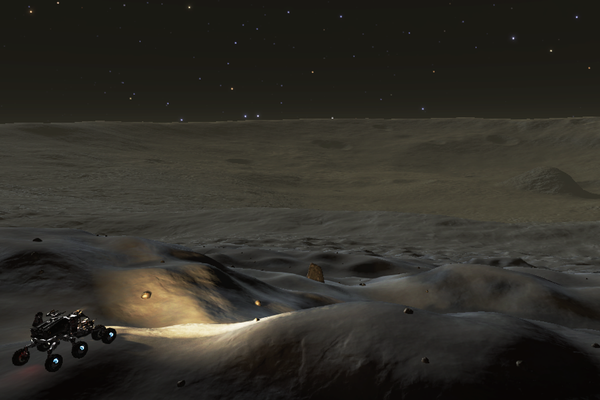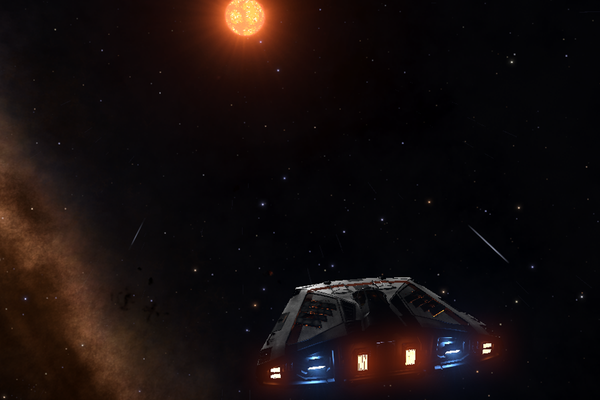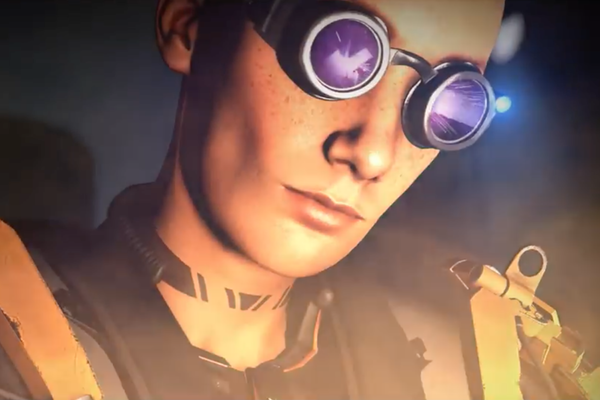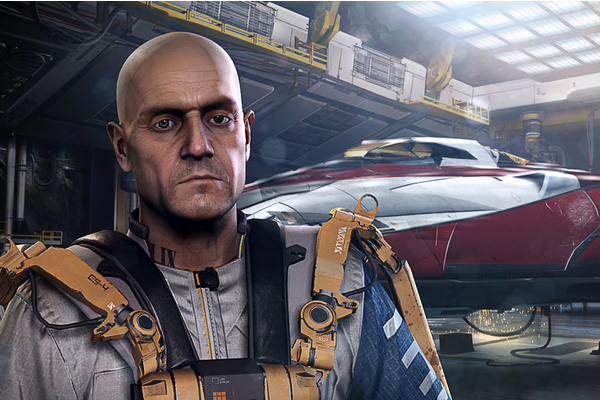
The blessing and the curse of so called sandbox games is that, when it comes to the question of how to play, it really is entirely up to the player. Some players get overwhelmed when trying to answer this question for themselves in games whose playing field is the size of a continent or, god forbid, a planet. When the playing field is a one-to-one recreation of the Milky Way Galaxy, trying to figure out what you want to do, beyond the simple mechanics of play, can be paralyzing.
Most sandbox games attempt to get around this problem of two many roads to take by bread-crumbing quests, missions, or points of interest throughout their worlds. In this regard, Elite Dangerous: Horizons really isn’t all that different; the only thing it lacks is a win scenario, and frankly I find that refreshing.
Elite Dangerous: Horizons‘ win scenario is, in fact, having fun. I’m serious. Stop laughing! Look, if you’re having fun zipping around the galaxy in the Sidewinder you start out in, running missions or blowing stuff up, then you’re winning; there’s no over-arching goal, no big-bad to kill, no one, all-powerful relict or artifact to find, and no raid tier to gear up for and clear. One could argue the goal is to get the biggest, baddest ship, but the biggest, baddest ship may not be very good at doing what any one particular player likes to do. So, really, the goal is to get however many credits it will take to get whatever vessel will make doing what you, the player, like doing fun.
Elite Dangerous: Horizons, at its core, is a simulation of what it would be like to live life, in a future Milky Way Galaxy, as a member of the Pilots Federation. A pilot is defined as any human who operates any ship, from the smallest one man fighter to the largest superheavy multipurpose, in human space. No matter what it is a player chooses to do, the basic mechanics of it will always be the same: getting paid to operate a ship by flying it from point A to point B (and all points in between), and collecting and/or delivering physical or digital cargo. The how and the why of it is where it comes down to personal choice and what defines your career as a member of the Pilots Federation.
Most pilots fall into one of the following job descriptions: Mercenary, Bounty Hunter, Pirate, Trader, Smuggler, Miner, Explorer, or Liner Pilot. Understand, these aren’t classes or professions you choose from a drop-down during character creation. These are just some general names for the types of things you can do in Elite Dangerous: Horizons. As a player, you’ll need to choose for yourself which of those job descriptions sounds like it might be the most fun for you, do some research on how best to approach it in Elite Dangerous: Horizons, and then do it. Problem solved, right?
Ok, fine. In the coming weeks I’ll be doing follow up posts to this one, tackling each job description in its own post. I intend to provide a starting roadmap for each career, with some thoughts on good starting ships and load outs, good resources for that career, and any tips I have come across personally. I’ll start off with Mercenary, given that the starting ship and credit balance means everyone needs to run missions for pay at first. Don’t be fooled, though. You can make a career of it.
See you next Wednesday!



What profession does Finn Tennant choose?
In most space sandbox games I tend to gravitate towards trading, industry or business professions – the (usually) non-aggressive ones.
My highest rank in the game is as a Trader, but I’ve done a little bit of everything. I have a bunch of ships, each outfitted for a specific role. Lately I’ve been doing a lot of long range smuggling, though. I like the cat and mouse game with system security. Plus, the return is pretty decent.